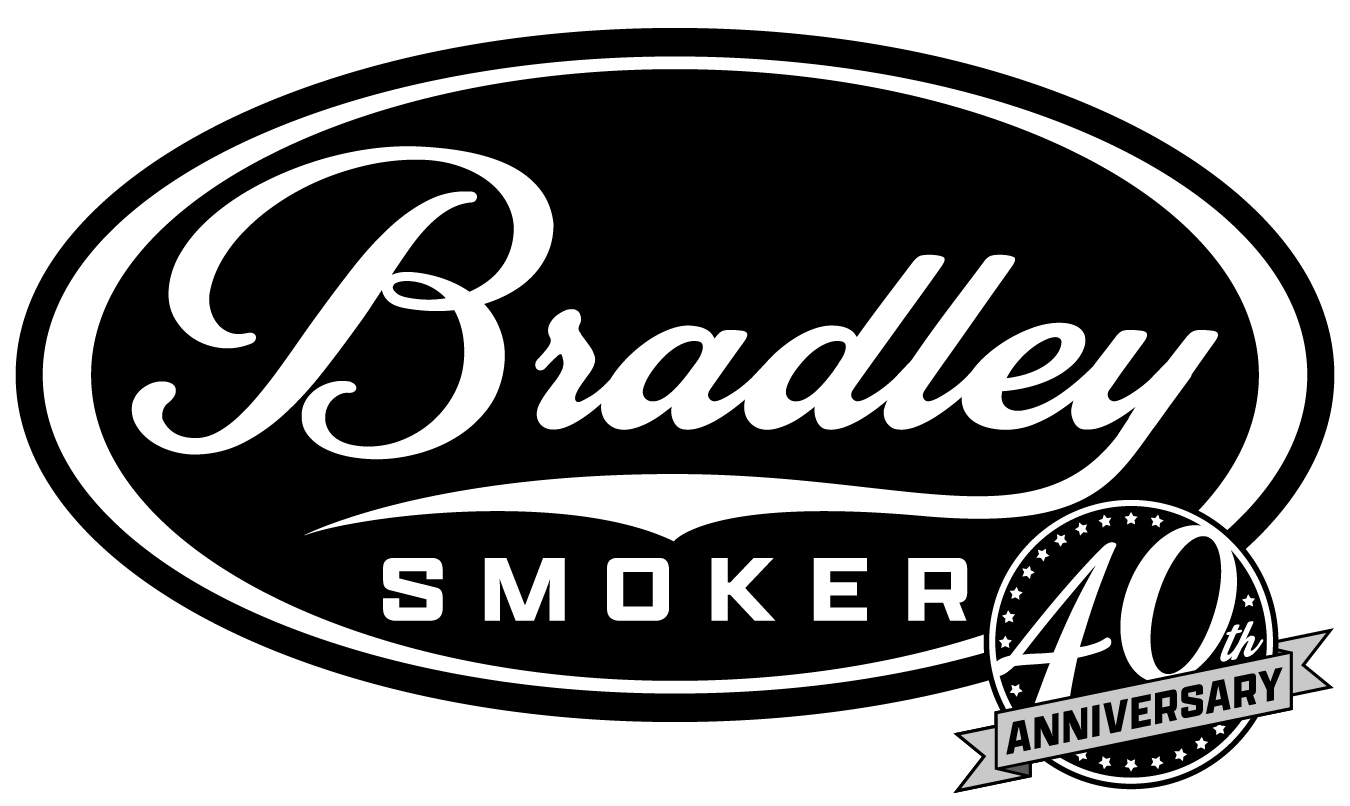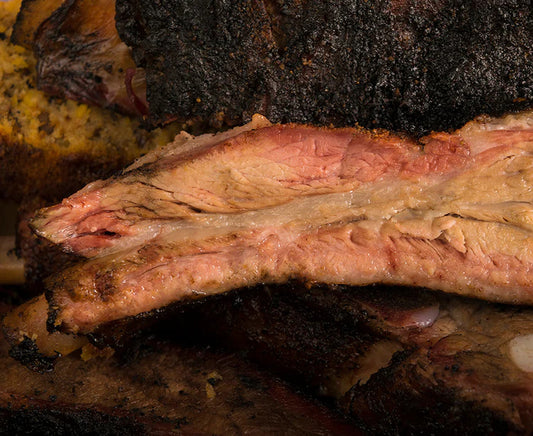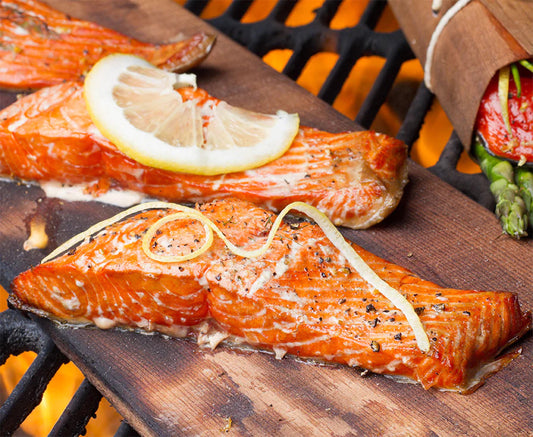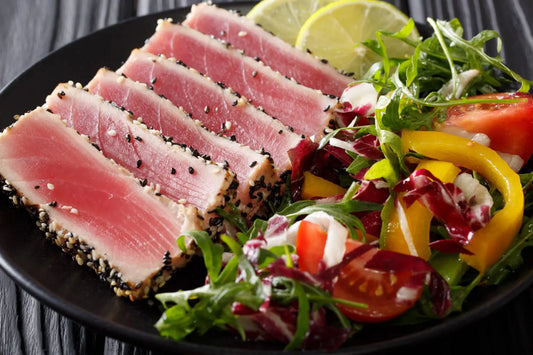Here at Bradley Smoker, we have no bias against food cooked using wood — and we’ve done it many times ourselves. But there’s a common misconception we’d like to clear up: Cooking food with wood and smoking food are not the same thing. And in either case, it’s important to understand what you’re doing, as well as to recognize that there are pros and cons to each of these cooking methods.
WHAT IS SMOKING? AND HOW DOES IT DIFFER FROM COOKING WITH WOOD?
Food smoking is simply adding a smoke flavor to your food, and it can be done using cold smoke or hot smoke. But you must understand that if the source of your heat is wood, you are cooking your food with wood as well. And further, to achieve the desired flavor when smoking, clean smoke is critical. All of this is important to know for getting the intended results.
Many people who find smoked foods too harsh and acidic-tasting associate this with food that is cooked with wood. But if the heat source is not the wood and the wood is not allowed to burn down to ash, the acid and harsh flavors are eliminated. Further, if the wood is the heat source but the smoke is not allowed to accumulate on the food (such as in an open-air grill or an offset grill), this is not considered smoking the food, and the smoked flavor will be minimal.
THE CHALLENGES OF COOKING WITH WOOD
The major challenges associated with using wood to cook are temperature control and flavor. When smoking, the desired smoke flavor is only achieved within the first short while that the wood starts smoking. When the wood is at this point, it cannot continue to burn without a heat source — kind of like when you try to start a fire and fail. And this is actually the ideal scenario for smoking foods. The temperature of the smoke is low, too low to cook your food, and the smoke flavor is rich with no harsh side flavors.
When you give the wood enough heat to combust on its own, on the other hand, it will continue to burn down to ash, creating an acidic taste and adding a lot of chemicals to your food. The most abundant of these chemicals is NO2 (nitrogen dioxide). Harmful to humans when it is breathed in, nitrogen dioxide inflames the lungs, reducing immunity to lung infection and potentially causing many long-term health problems. So let’s just call it highly toxic. But by precisely controlling the temperature of your smoking wood, you can produce a clean, nitrogen dioxide-free smoke that enhances the flavor of your foods.
WHAT IS THE SMOKE RING?
If you’re an experienced smoker, you’ve likely heard of the smoke ring. That’s the red lining under the surface (bark) of meat that is being cooked with charcoal and/or wood. The smoke ring has nothing to do with the smoke or the meat’s flavor, and it’s not created by smoke. Rather, it’s a reaction created when NO2 comes in contact with myoglobin, a protein found in meat.
There is no added flavor or other benefits to seeing this ring of red in meat you are cooking using wood or charcoal. In fact, it is likely evidence that you, your family and your friends are ingesting high levels of nitrogen dioxide. It can be particularly high volume when you are cooking your food using an enclosed grill like a pellet grill, wood burning grill or a kamado grill.
At Bradley, we have no problem with cooking using wood or charcoal on an open-air grill, because the NO2 has very little chance of accumulating on your food. The same is true with offset grills where the wood or charcoal is burned offset from the food being cooked — and the majority of the NO2 is discharged before it has a chance to impart into the food being cooked.
To learn more about the difference between smoking and cooking with wood, check out our video on the topic. And for more great insights on how to get the most out of your Bradley Smoker, check out the Bradley Smoker Food Smoking Blog — which is loaded with tips and tricks that can take your food smoking to the next level of delicious.
Ready to get the precise control needed to achieve that desirable clean smoke flavor? Visit our website today to find the perfect Bradley Smoker for your needs.




